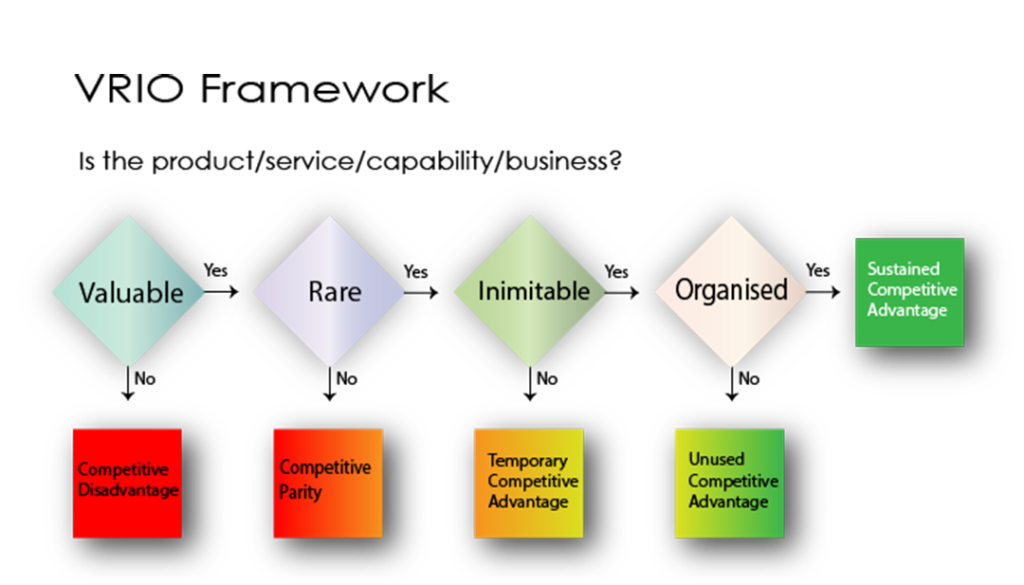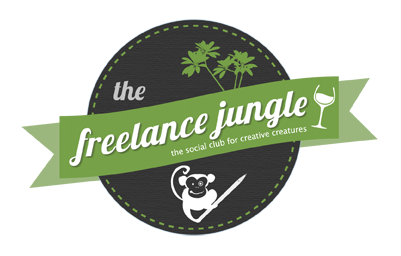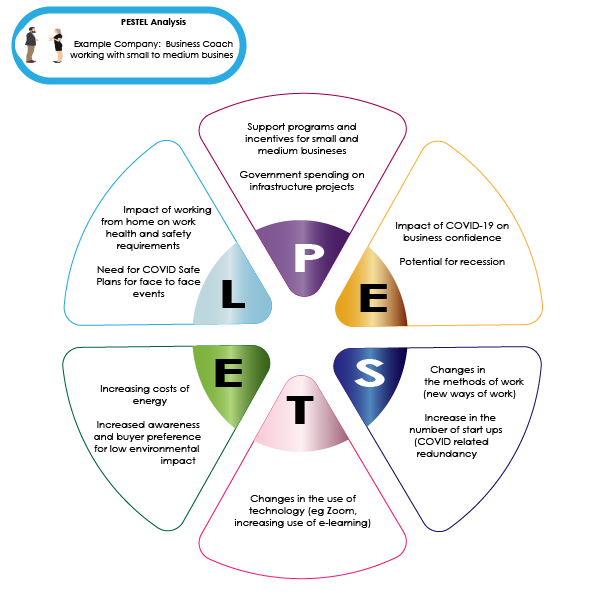Using your creativity to plan your business
Strategic planning, future proofing, business planning and (that buzzword from 2020) pivot. Now that you want to turn your eyes away from the screen, please stay with me. These types of plans are actually a great opportunity to give your creative muscles a different workout (think going for a swim instead of a run) and plan your business.
This blog will give an overview of five analysis tools for strategic planning with tips on how to use them. The strategic planning tools are listed in my preferred order of use but you can use them in any order or just use one or a couple to get you started.
The important thing to remember when using these tools is to be as creative as possible, focus on both positives and negatives and enjoy the process.
Porter’s Five Forces Analysis
Developed in the 1980s, the Five Forces Analysis is a way to analyse an industry’s profitability potential through analysing the effect of buyers, suppliers, potential new entrants, substitution and overall industry rivalry.
Each element is ranked as high, medium or low and an overall ranking for the industry is determined.
The image is a completed Porter’s Five Forces Analysis for a craft brewer making organic lager.
Tip: Some state libraries offer free access to IbisWorld’s Australia Industry Reports. These reports include a Porter’s 5 Forces Analysis along with market characteristics and forecasts. Even if your precise industry isn’t covered, they can be a great starting point for thinking.
PESTEL Analysis
PESTEL Analysis is a type of macro environmental analysis. Its aim is to identify and consider the various external factors that could have an impact on your business.
PESTEL stands for:
- Political
- Economic
- Socio-Cultural
- Environmental
- Legal
A PESTEL analysis is a great starting point for generating ideas for future strategies and feasibility. You brainstorm any positive and negative things that could impact your business under each of the headings.
VRIO Framework Analysis
The VRIO framework can be used to analyse your entire business or a product or service that you offer. It determines where the business is on a continuum of competitive disadvantage to sustained competitive advantage.
VRIO stands for:
- Value – does the business/service provide value to the customer
- Rarity – is the business/service rare and in demand
- Imitability – how difficult is it to copy the business/service
- Organisation – how well set up are the business’s processes and culture

SWOT Analysis
The good old fashioned SWOT analysis is a great tool for exploring the current position of your business.
What does your business do well, where could you be better, what opportunities are there for you (to grow, diversify or respond to a changing environment), what things threaten your future (new competitors, changed regulations, emerging technologies).
Balanced Scorecard
The Balanced Scorecard was developed by Norton and Kaplan in 1992 and was quickly hailed as a ground-breaking way to view business performance.
It is also a great tool to plan, develop, communicate, manage and evaluate strategic plans.
Because of the multiple ways it can be used, I choose to complete a balanced scorecard as the final piece of the strategic planning puzzle.
- Customers – what is important to our customers and how are we going to measure our progress
- Finances – what are the key financial measurements we need to know (eg current ratio, budgets v actual)
- Business Processes – what are our important processes and how good are we at following them.
- Learning and Growth – for all businesses, but especially important for freelancers, the learning and growth section should include plans for staff wellbeing,
Tips on Implementing
- You don’t need to complete all of the tools (or even the whole of a tool) at one time.
- Take yourself on a “corporate retreat”. During lockdown sitting in the backyard became my “corporate retreat” for planning purposes. Getting away from the desk changes your thinking process from day to day to longer term
- Try setting a timer to control the length of time you spend thinking on any one element. It can work to increase thinking pressure but also decrease the pressure of facing the more challenging elements of planning.
- If you’re familiar with Edward De Bono’s Six Thinking Hats technique , it can help you guide your thinking. For example, you can spend 10 minutes wearing the “Yellow Hat” and focus only on possibilities, another 10 minutes can be wearing the “Red Hat” which makes you focus solely on risk.
The important thing to remember when using these tools to plan your business is to be as creative as possible, focus on both positives and negatives and enjoy the process.
Images: All graphics by Tracey Lloyd







That’s a great, value-packed list! Thank you Tracey. I’m in the middle of process improvements and streamlining new systems – these strategic analysis tools will help me focus on having strategic decisions behind the new processes, rather than just the nebulous feeling that I ‘should’ implement them.
They also help to remind that while there are always improvements that can be made, we have strengths that need acknowledging.